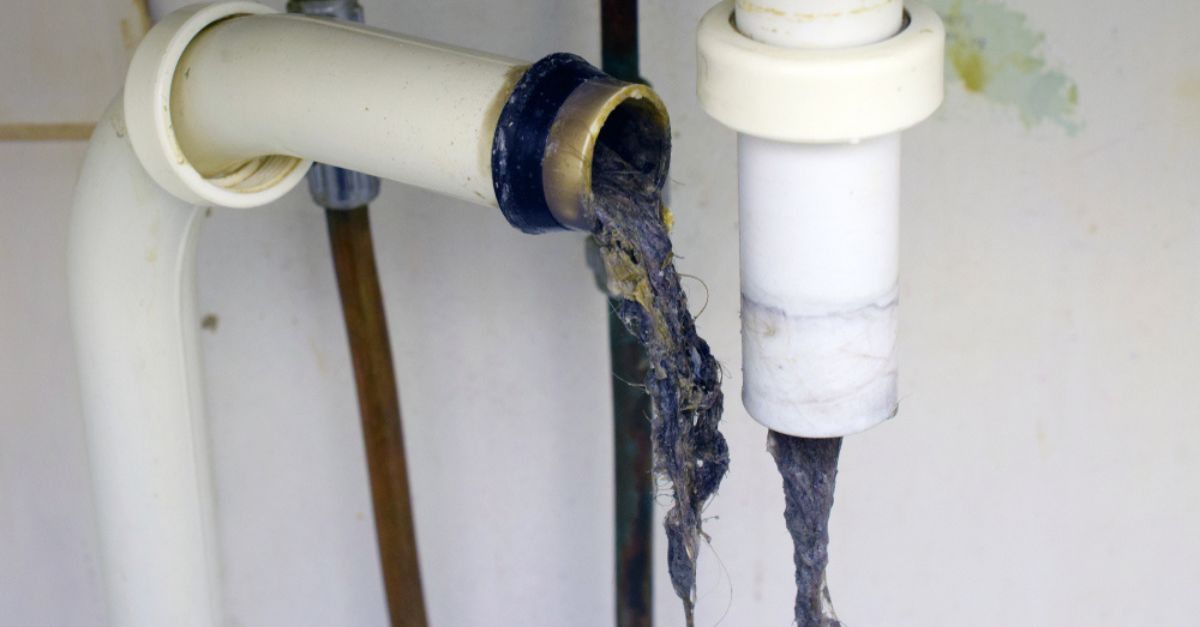The Ultimate Guide to Top Internet Service Providers in the USA for Speed, Reliability, and Value
When looking for reliable internet service providers near me, it’s easy to get overwhelmed by the sheer number of options. From budget-friendly packages offered by home internet providers to blazing-fast services from fiber optic internet providers near me, finding the right fit can be crucial. Whether you need high speed internet plans for streaming and gaming or the fastest internet in my area for remote work, this guide breaks down the choices to help you find the perfect solution in the United States.

What Are Your High-Speed Internet Needs?
Before diving into provider options, assess your household’s internet requirements. Basic web browsing and email typically need 5-10 Mbps, while streaming HD video requires 25 Mbps per device. Gaming, video conferencing, and large file uploads demand even higher speeds and lower latency. Households with multiple users simultaneously streaming, gaming, and working often benefit from plans offering 100 Mbps or more. Consider both download and upload speeds, as remote work and content creation increasingly rely on fast upload capabilities.
Understanding the Fiber Optic Revolution
Fiber optic internet represents the gold standard for speed and reliability, delivering symmetrical upload and download speeds up to 1,000 Mbps or higher. Major fiber providers include Verizon Fios, AT&T Fiber, and Google Fiber, though availability remains limited to specific metropolitan areas. Fiber connections offer consistent performance regardless of distance from service equipment and handle high bandwidth activities without slowdowns. The technology continues expanding nationwide, with many regional providers investing heavily in fiber infrastructure to compete with established cable and DSL services.
Cable Internet: A Solution for Everyone
Cable internet remains the most widely available high-speed option across America, utilizing existing coaxial cable infrastructure to deliver reliable service to urban and suburban areas. Providers like Xfinity, Spectrum, and Cox offer various speed tiers typically ranging from 50 Mbps to 1,000 Mbps. Cable internet provides good value for most households, supporting multiple devices and streaming services simultaneously. However, speeds may vary during peak usage hours when neighborhood bandwidth is shared among multiple users.
Exploring Affordable DSL Options
Digital Subscriber Line technology offers budget-conscious consumers basic internet access through existing telephone lines. While DSL speeds typically max out around 25-100 Mbps depending on distance from the provider’s equipment, this option works well for light internet users primarily browsing websites, checking email, and occasional streaming. AT&T, CenturyLink (now Lumen), and regional telephone companies continue offering DSL service, particularly in areas where cable or fiber isn’t economically viable for providers to install.
Rural Internet Solutions That Actually Work
Rural communities face unique connectivity challenges, with traditional broadband often unavailable or prohibitively expensive to install. Satellite internet providers like HughesNet and Viasat serve remote areas nationwide, though data caps and weather-related outages remain concerns. Fixed wireless internet from regional providers offers another option, using radio towers to beam internet signals to homes within coverage areas. Starlink’s satellite constellation promises faster speeds and lower latency for rural users, though service availability and pricing continue evolving rapidly.
| Provider Type | Example Providers | Speed Range | Monthly Cost Range |
|---|---|---|---|
| Fiber Optic | Verizon Fios, AT&T Fiber | 200-1000+ Mbps | $40-$80 |
| Cable | Xfinity, Spectrum, Cox | 50-1000 Mbps | $30-$90 |
| DSL | AT&T, Lumen | 10-100 Mbps | $20-$50 |
| Satellite | HughesNet, Viasat | 12-100 Mbps | $50-$150 |
| Fixed Wireless | Regional providers | 25-100 Mbps | $40-$80 |
Prices, rates, or cost estimates mentioned in this article are based on the latest available information but may change over time. Independent research is advised before making financial decisions.
When evaluating internet providers, consider factors beyond advertised speeds and prices. Installation fees, equipment rental costs, contract requirements, and data caps significantly impact the total cost of service. Many providers offer promotional pricing for new customers, but regular rates apply after the initial period expires. Customer service quality, outage frequency, and local technician availability also affect your overall experience with any provider.
The internet landscape continues evolving rapidly, with 5G wireless networks beginning to compete with traditional wired connections in urban areas. Municipal broadband initiatives in some cities offer alternative options to commercial providers. As remote work and digital entertainment become increasingly central to daily life, investing in reliable, fast internet service proves essential for most American households, making careful provider research and comparison more important than ever.




